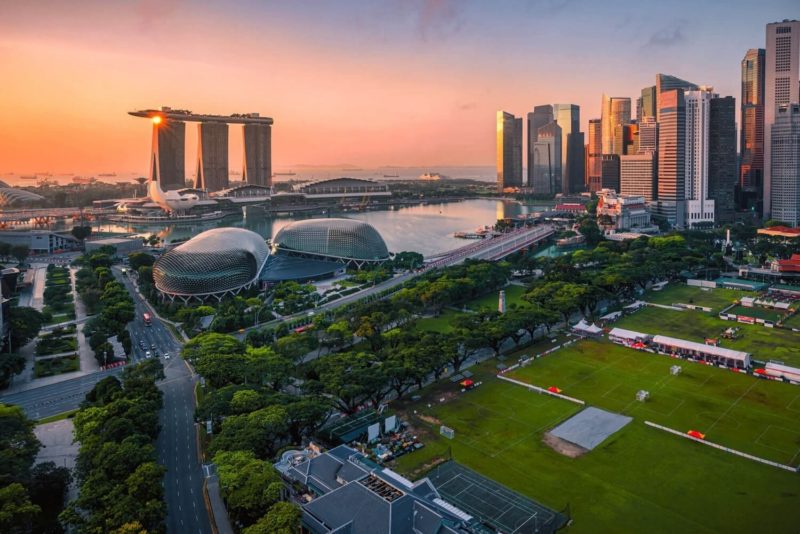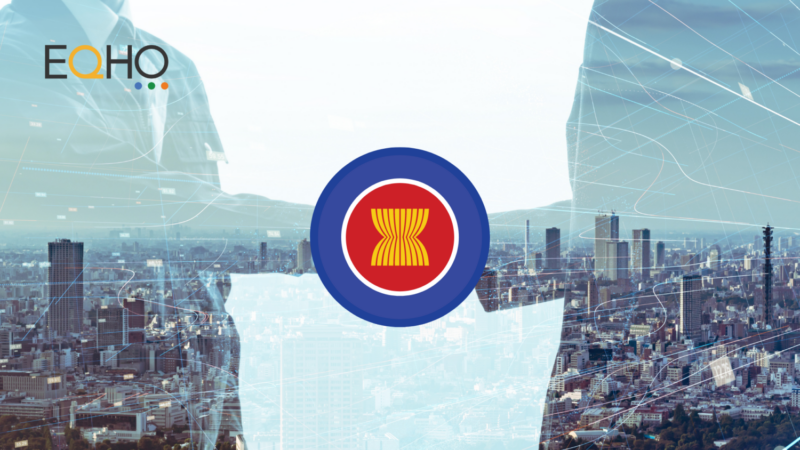Imagine a world where all of your content is translated into every language possible. A world free of budgetary and time constraints, where cultural faux pas are a thing of the past.
It sounds good, but realistically it is never going to happen. Because of this, localization companies are always going to have a big role to play and they are on hand to help with any translation conundrums.
However, how can you ensure you make the most of your budget?
Be realistic
Do you really need the highest quality for all of your content? The answer is most probably no, as certain parts of your content (such as help guides) may only require minimal quality requirements. Moreover, functional ‘non-stylistic’ content does not need to fulfill the same quality mandate as specific sector pages, so it’s important that brands prioritize their resources so they can create the right strategy.
Draw up a strategy
By going through all of the materials that need translated, and deciding which type of translation suits particular types of content best, brands can make sure they stay on top of a localization project. Researching the market, using web analytics to pinpoint the areas that carry the most international potential and finding the right blend of translation types will provide a structure to everything you do.
Consider translation types
Budgetary restrictions will dictate what translation types are used. While complete human translation is advised, this may not always be possible. Below are three translation types.
Machine translation (MT) – This process involves using computer software to translate from one language to another and it is more cost-effective than only using human translators. There are two main types – statistical MT and rule-based MT – and they can be invaluable when brands are working to a short timescale. However, not all content lends itself well to MT, while languages like Japanese are seen as too complex for MT to be able to deliver a top-quality final product.
Human translation – The human touch will always be required, as people can give a much more consistent and nuanced translation than a machine. The main drawback of this method is that it is slower and more time consuming, which could affect time to market. Humans are already used in MT processes for light or full post-editing and they remain the best solution for brands looking to create content that is stylistically appropriate and culturally aware.
Auto translation – While options such as Google Translate are far behind MT in terms of quality, they do offer companies with limited resources a foothold in the translation process. However, the drawbacks are obvious, as any solutions put forward are not independently verified. The function can work well though in terms of establishing what types of content and language pairs may lend themselves better to MT usage than others. Those firms with speed and budgetary concerns can also use this technology for blog and social media posts.



